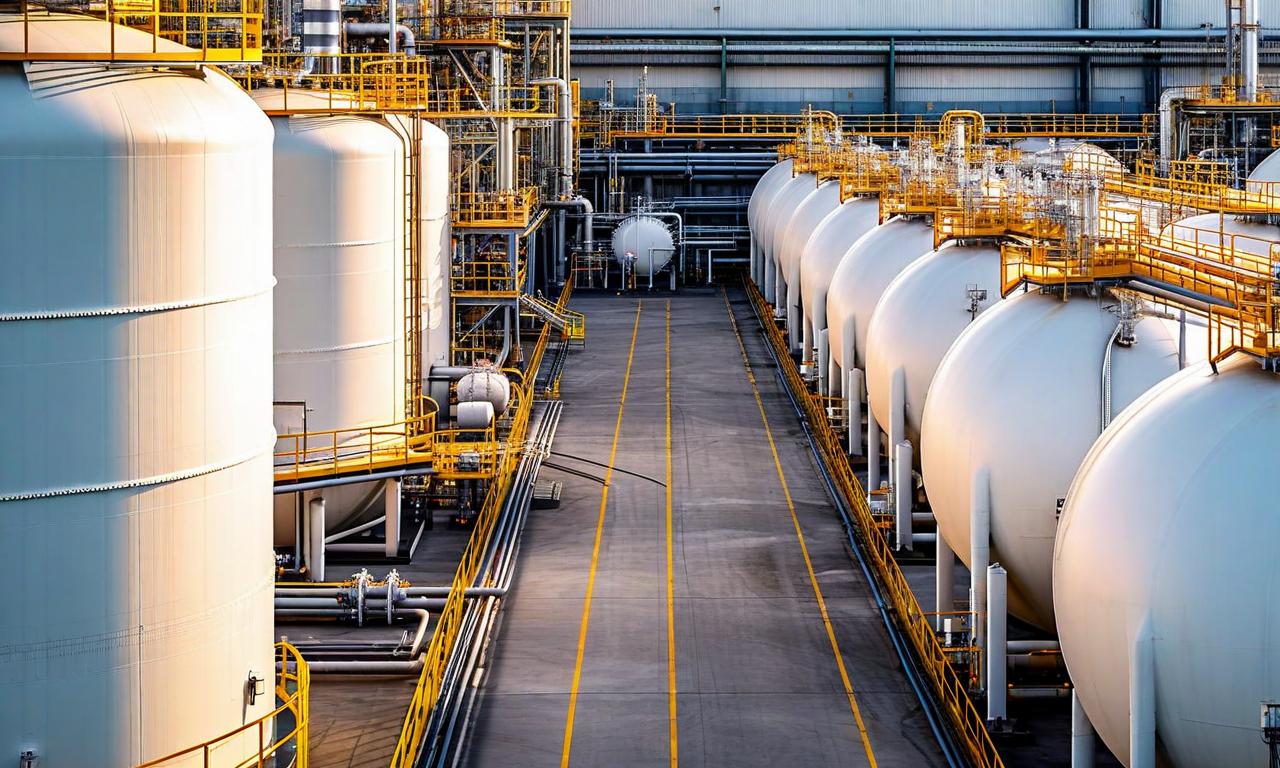India's Premium Valuation Justified by Strong Fundamentals, HSBC Reports
HSBC's report identifies India as the most expensive market among emerging economies, trading at a P/E ratio of 20x, 60% higher than peers. The premium is justified by superior Return on Equity across sectors, strong banking performance with 1.20% ROA, robust regulatory framework, long-term growth potential in discretionary products, and significant domestic equity interest. Key sectors like automobiles, consumer staples, insurance, and banking show competitive advantages. Potential risks include near-term slow growth and challenges in certain sectors. The market's low average free float of 44% amplifies domestic investors' impact on valuations.

*this image is generated using AI for illustrative purposes only.
HSBC, the global banking giant, has released a report highlighting India's position as the most expensive market among emerging economies. Despite this premium valuation, HSBC argues that India's high prices are justified by several robust fundamentals.
India's Market Valuation in Perspective
According to HSBC's analysis, India is trading at a price-to-earnings ratio of 20 times, making it approximately 60% more expensive than other emerging markets such as China, Indonesia, and Korea. This significant premium has raised eyebrows in the investment community, prompting HSBC to delve deeper into the factors supporting these valuations.
Factors Justifying India's Premium Valuation
HSBC cites several key factors that support India's higher valuations:
Superior Return on Equity (ROE): India demonstrates higher ROE across various sectors compared to other major countries. This includes automobiles, consumer staples, insurance, hospitals, and banking.
Banking Sector Strength: Indian banks boast an impressive average Return on Assets (ROA) of 1.20%, significantly outperforming Chinese banks, which average 0.70%.
Strong Regulatory Framework: India's perceived risk is lower due to robust regulatory structures and institutions. The country has rarely experienced sharp macroeconomic crises, adding to investor confidence.
Long-term Growth Potential: Low household penetration in discretionary products suggests sustained growth opportunities across sectors such as automobiles, healthcare, insurance, and consumer durables as per-capita income rises.
Domestic Appetite for Equities: Significant domestic interest in the stock market contributes to the sustained high valuations.
Comparative Advantage in Key Sectors
HSBC's report highlights India's competitive edge in several sectors:
| Sector | India's Advantage |
|---|---|
| Automobiles | Higher ROE |
| Consumer Staples | Superior ROE |
| Insurance | Better ROE |
| Hospitals | Stronger ROE |
| Banking | Higher ROA (1.20% vs 0.70% in China) |
Potential Risks and Challenges
While the overall outlook is positive, HSBC acknowledges some potential risks:
- Near-term slow growth could impact valuations
- Possible long-term deterioration in ROEs
- Increasing reinvestment rates in the automobile sector may erode some competitive advantages
- Quick commerce poses challenges to traditional FMCG distribution networks
Market Structure and Domestic Influence
An interesting aspect of the Indian market is its relatively low average free float of 44%, compared to 67% for peer markets. This structure amplifies the impact of domestic investors on market valuations, potentially contributing to the sustained premium.
Conclusion
Despite being the most expensive among emerging markets, India's stock market valuation appears to be built on solid fundamentals according to HSBC. The combination of higher returns across sectors, strong growth potential, and a robust regulatory environment continues to attract both domestic and international investors. However, as with any market, investors should remain vigilant of the identified risks and potential challenges that could impact future performance.




























